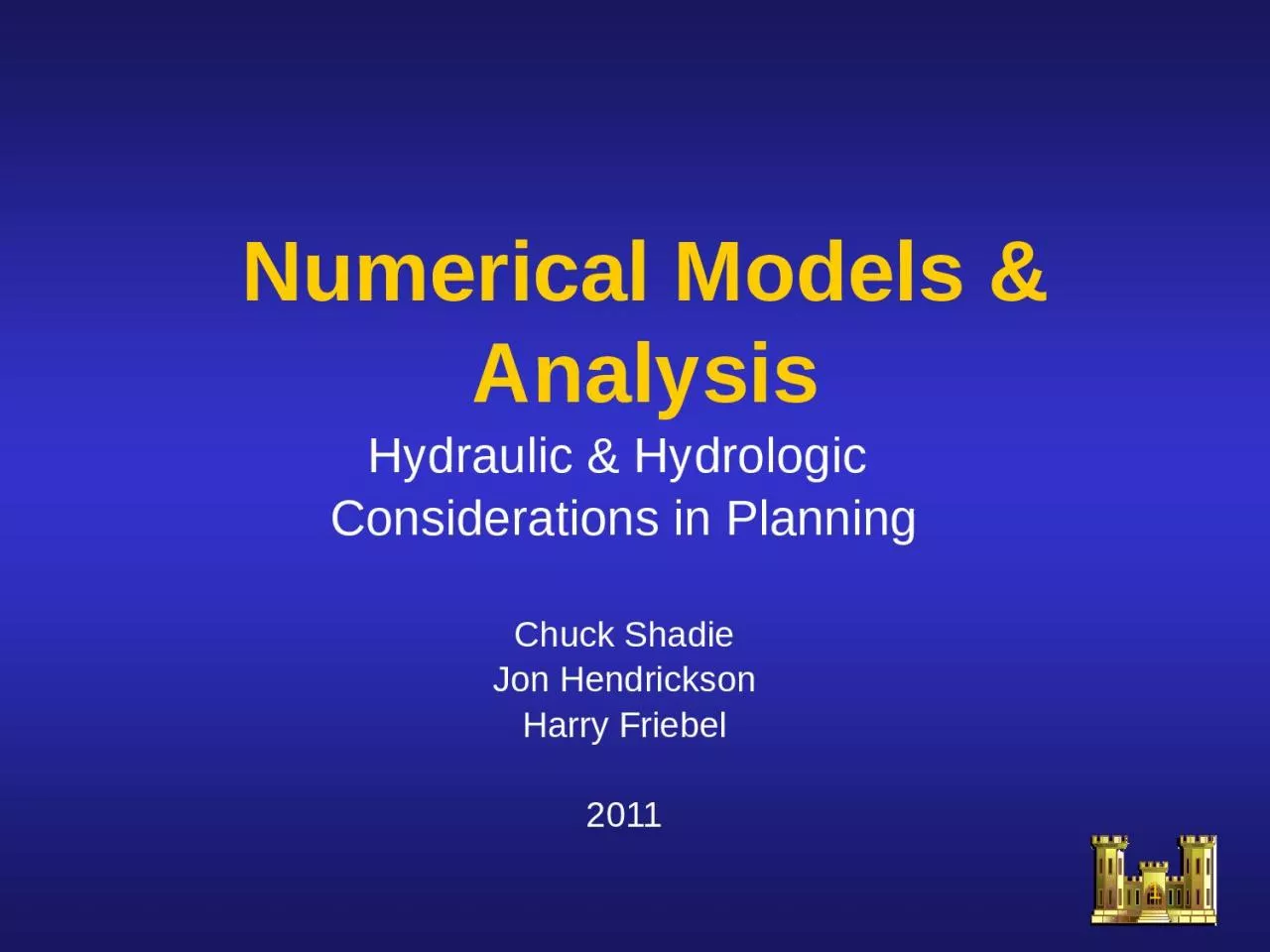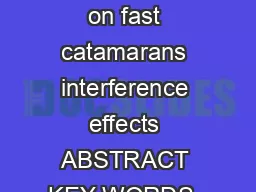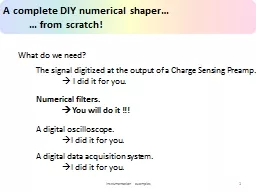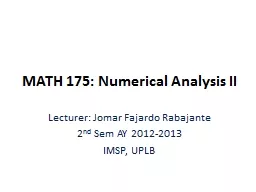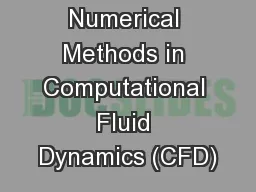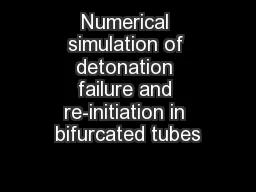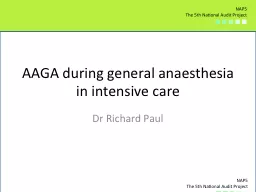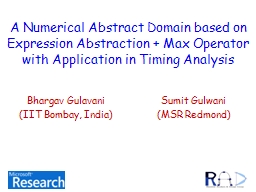PPT-Numerical Models & Analysis
Author : hadly | Published Date : 2023-10-29
Hydraulic amp Hydrologic Considerations in Planning Chuck Shadie Jon Hendrickson Harry Friebel 2011 1 Objectives Be able to Explain the importance of modeling amp
Presentation Embed Code
Download Presentation
Download Presentation The PPT/PDF document "Numerical Models & Analysis" is the property of its rightful owner. Permission is granted to download and print the materials on this website for personal, non-commercial use only, and to display it on your personal computer provided you do not modify the materials and that you retain all copyright notices contained in the materials. By downloading content from our website, you accept the terms of this agreement.
Numerical Models & Analysis: Transcript
Download Rules Of Document
"Numerical Models & Analysis"The content belongs to its owner. You may download and print it for personal use, without modification, and keep all copyright notices. By downloading, you agree to these terms.
Related Documents

